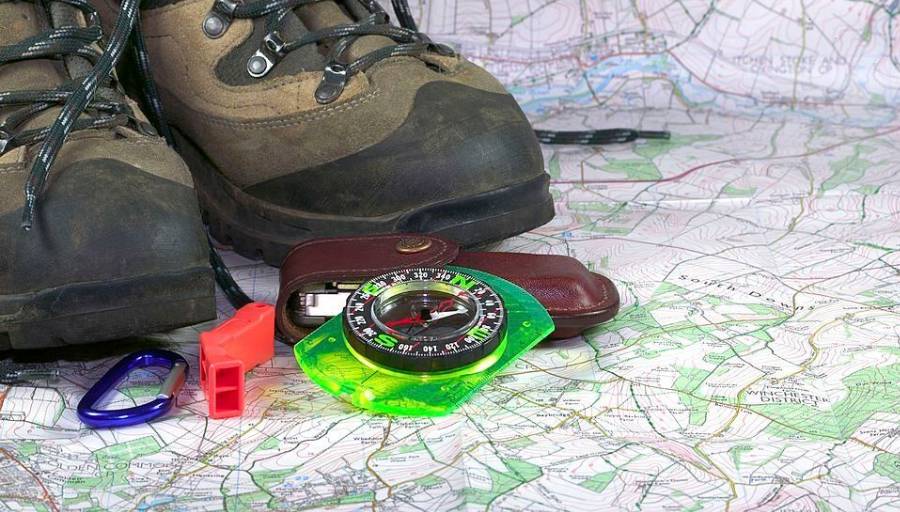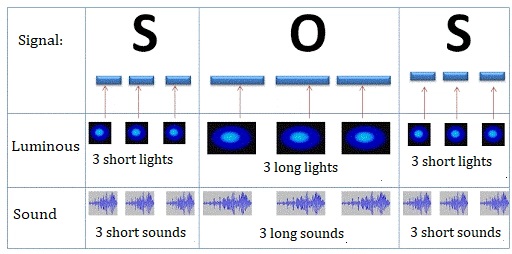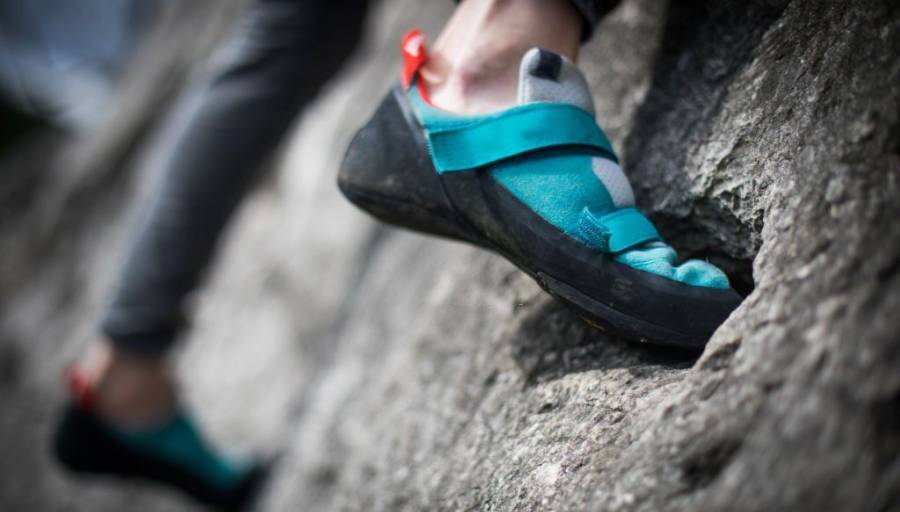Should I Use a Whistle for Hiking?

When preparing a backpack, the hiker obviously thinks of taking the classic equipment: hiking socks, compass, and water bottle. But other equally important objects are often forgotten, such as the headlamp, which we have already mentioned, and hiking whistle.
Beginner hikers often inquire whether they should include a whistle in their hiking gear. While a seemingly simple object, a whistle can make a significant difference when needed. Due to its compact and lightweight design, this whistle sets itself apart from the standard sports whistle. Its primary purpose is to enhance safety during extended hikes. In this discussion, we’ll explore its essential role for both novice and seasoned hikers.
What is Hiking Whistle?
For beginners, a hiking whistle may appear similar to a regular sports whistle at first glance. However, it’s essential to recognize that the hiking whistle is carefully crafted to ensure unwavering reliability even in the most challenging hiking conditions. Let’s delve into the unique features of this singular object.
Hiking Whistle: An Atypical Design
Hiking whistle is sometimes known as a distress whistle because of its usefulness. It is easily recognizable by its fluorescent yellow or orange color. Thanks to this, it can be seen easily when it falls to the ground, whether in tall grass or in snow. However, its true differentiator lies in its internal design and operation, setting it apart from conventional sports whistles. Indeed, it does not contain a ball unlike sports whistles, and is mostly made of plastic.
Sound Peculiarities
Hiking whistle creates an extremely loud sound that is very recognizable. Due to the very high-pitched, the sound of this whistle can be heard more than 100 meters away even by dogs! While traditional whistles rely on the movement of a ball propelled by exhaled air to generate sound, the hiking whistle operates differently. In this unique design, it’s the intricate arrangement of cells and holes within the whistle itself that produces a distinct and high-pitched sound.
5 Reasons to Pack a Whistle on a Hike
4 reasons why the hiking whistle is one of the safe items to always take with you when you go hiking. As such, it is as important as the hiking survival blanket or the anti-tick pliers!
1. Facilitating Position Reporting in Emergencies
After a fall in a ravine or when we have just twisted our ankle, it is necessary to ask for help around us. The problem is that in the heart of certain forests or at very high altitudes, the telephone network is not always picked up. Our voice does not carry far and the wind can even cover it without any difficulty. In all these cases, the hiking whistle can be vital because it will allow you to send a distress signal over 100 meters away from your location. Even if you have a broken arm, you will be able to use it with ease.
2. Allows Executing the Official Distress Signal

As a hiking enthusiast, knowing the international distress signal by heart is a must! Better known as the SOS, it can be executed with a flashlight like your headlamp, but also with an audible signal like your hiking whistle.
You certainly know that the SOS is done using Morse code. This code was invented during the 19th century by Samuel Morse. To execute it with your hiking whistle, you need to communicate the 3 letters of the signal; S, then O and finally S.
To do this, do as the explanations visible in Figure 2 above: 3 short blows for the first S, then 3 long signals to signify the O, and finally 3 last short signals for the last S. It is interesting to know that this signal is international, so it can be recognized in all the countries of the world!
3. It Can’t Break Down
Since it doesn’t run on electricity, the whistle can’t run out of power. But that’s not all! It works even in extreme temperatures because it is ball-free.
In winter, frost does not prevent it from working. In summer, high heat is also not a problem. Humidity is very problematic for a ball whistle, but there is no effect on the distress whistle. This is why it is this type of whistle that is automatically present on many lifejackets! Due to its plastic material, it is also not afraid of sea salt which quickly oxidizes steel or iron whistles.
4. It is Designed for Hiking
Many hiking whistles have options that are very useful for hiking. Like many items to store in a hiking backpack, they are often multi-purpose. Beyond their distress signaling capability, these whistles may include a magnifying glass for improved map visibility and a built-in compass, making it an essential part of a successful hike.
Most of the time, these whistles hang around the neck with an adjustable strap or can be put on a belt or backpack using a carabiner. They are made of plastic materials and weigh only a few grams. This will absolutely not bother you during the journey. In short, this type of whistle is well intended for hikers looking for a practical, safe and lightweight tool.
5. It is Inexpensive
Affordable at just a few dollars, hiking whistles can also be seamlessly integrated into backpacks, frequently nestled within chest straps. Take a moment to check your backpack(s); you may already have one without realizing it.
How to Choose Your Hiking Whistle?
Opt for a whistle without a ball to ensure consistent functionality in all conditions. Ball whistles may prove ineffective in freezing or rainy weather, limiting their effectiveness in such situations.
Going on a hike means being confronted with extraordinary situations. Then choose a metal whistle, you will be sure that your whistle will not deteriorate after a fall or following an impact. Also, remember to choose a whistle whose color is quite bright, so you can easily find it in your belongings if it is not hanging around your neck.
Which Whistles Are Best for Hiking?
When selecting a whistle for hiking, consider ones that are durable, loud, and weather-resistant. Here are five recommendations:
1. ToolUSA Adroit (2 Pack) 4-in-1 Survival Tool
The ToolUSA hiking whistle (2 pcs.) is in the same vein with its 4-in-1 system: compass, thermometer, magnifier glass, and of course whistle for less than $10! It is lightweight and can be easily attached to backpacks, belt loops, and more with its hook.
2. Franklin Sports Metal Whistle with Lip Guard

The manufacturer Franklin Sports also offers some models of high-quality whistles. The most interesting is certainly their All-Sport metal whistle, which weighs only 30 grams for less than $10! The whistle features a heavy-duty nylon lanyard to keep it close and a metal swivel to prevent tangling.
3. HOLDALL Emergency Whistle with Lanyard
If you are looking for an item that can produce an exceptionally loud sound, then the Holdall Emergency Whistle is ideal. With a maximum power of 120 decibels, it enables you to emit a distress signal over 200 meters away in favorable weather conditions.
4. Ovtai Emergency Whistle – Lifegurd Whistle
If you’re interested in more design, made of metal and just as powerful as the previous model, the Ovtai whistle is also a safe bet accessible to small budgets because it only costs $4. The double tubes emergency whistle can generate up to 120 decibels, ensuring it is audible from a considerable distance.
5. Viriber High Decibel Outdoor Emergency Whistle
For trekking lovers in dangerous environments, the stainless steel Viriber whistle offers a maximum power of 150 decibels! With hang buckles and chain belt, you won’t lose it easily.
Final Thoughts
Costing less than $5, hiking whistle is accessible to everyone! It is very light and offers power exceeding 100 decibels in all cases. It is truly one of the items not to forget in your hiking backpack. This small gadget will allow you to draw the attention of passers-by to a possibly dangerous situation and to launch the distress sound signal called SOS.
This little tool is often multifunctional, serving as both a compass and a magnifying glass, making it essential for hiking! It is sold in all sports or specialized stores. The hiking whistle can also be found on many online sales sites, including Amazon.
Ready to hit the trails safely?









